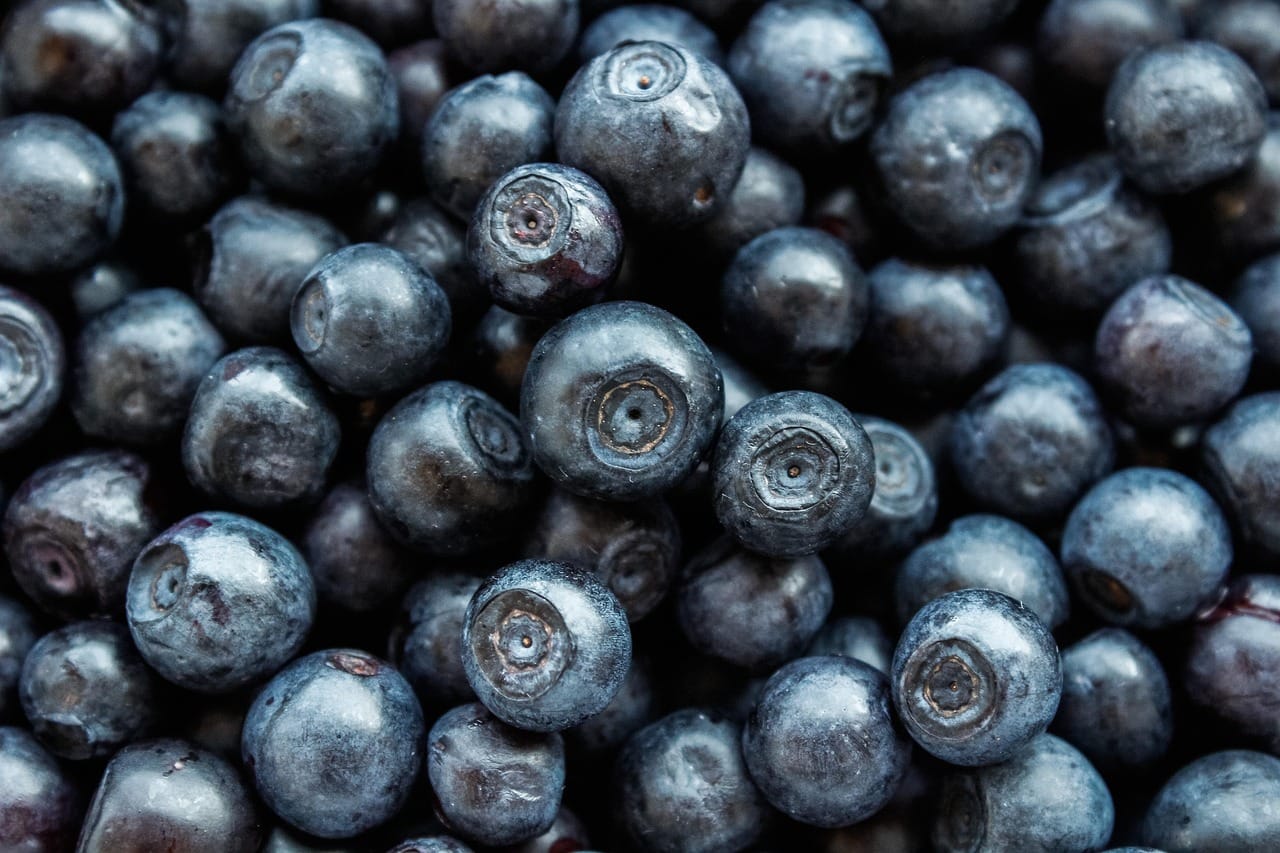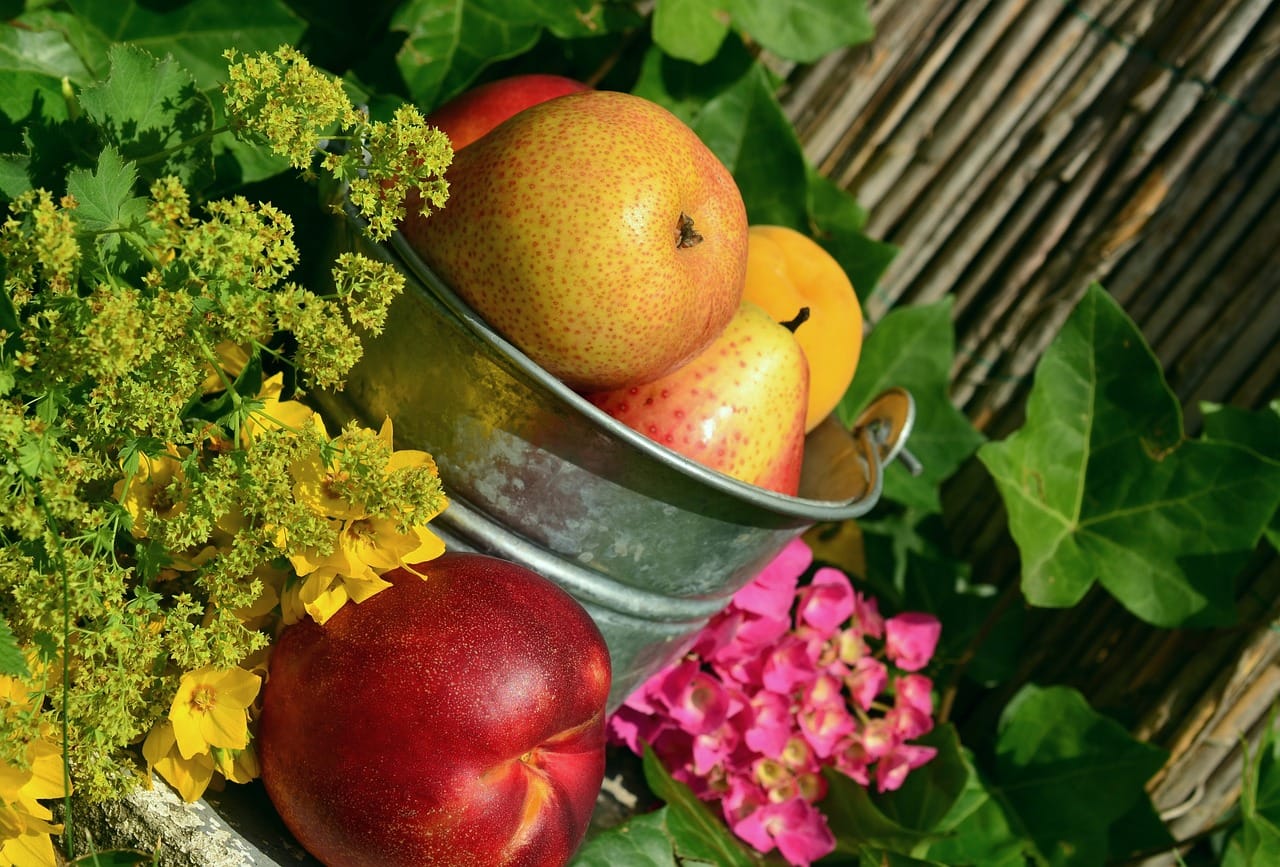The aroma of rich, decadent chocolate cake baking in the oven is a universally comforting experience. From simple sheet cakes to elaborate tiered masterpieces, chocolate cake holds a special place in our hearts and on our dessert tables. This blog post explores the irresistible world of chocolate cake, covering its history, variations, baking tips, and everything you need to know to create your own perfect slice of chocolatey heaven.
The History of Chocolate Cake
Early Chocolate Cakes
Chocolate cake, as we know it, is a relatively modern invention. While chocolate has been enjoyed for centuries, its use in cakes evolved slowly. Early “chocolate cakes” often involved adding chocolate to existing cake recipes or using cocoa powder, which became readily available in the 19th century. Before this, unsweetened chocolate was difficult to work with and not typically used in baking.
Key Milestones in Development
Several milestones contributed to the chocolate cake’s evolution:
- The Development of Cocoa Powder: The process of pressing cocoa butter from cacao beans and creating cocoa powder revolutionized baking with chocolate.
- The Rise of Baking Powder: Baking powder, invented in the mid-19th century, allowed for lighter and more airy cakes, improving the texture of chocolate cakes.
- The Emergence of Devil’s Food Cake: This cake, known for its deep, reddish-brown color and intense chocolate flavor, became popular in the early 20th century and marked a significant advancement in chocolate cake recipes.
Types of Chocolate Cake
Classic Chocolate Cake
The “classic” chocolate cake is a versatile and reliable recipe. Typically made with cocoa powder, flour, sugar, eggs, and a leavening agent, it offers a balanced chocolate flavor and a tender crumb. You can easily customize it with different frostings and fillings.
Example: A simple chocolate layer cake with chocolate buttercream frosting.
Devil’s Food Cake
Devil’s Food Cake distinguishes itself with its deep, dark color and rich, almost fudgy texture. It often includes cocoa powder, coffee (to enhance the chocolate flavor), and sometimes baking soda to create its characteristic reddish hue. It’s often paired with a light and creamy frosting like whipped cream or ermine frosting.
Example: Devil’s food cake cupcakes with a light vanilla frosting.
Chocolate Fudge Cake
Chocolate fudge cake is intensely chocolatey and moist. It uses a higher ratio of chocolate (often melted chocolate in addition to cocoa powder) and sometimes incorporates ingredients like sour cream or buttermilk to add to its moistness. It’s usually dense and rich, perfect for chocolate lovers.
Example: A decadent chocolate fudge cake with a ganache glaze.
Flourless Chocolate Cake
For those who are gluten-free or prefer a denser, richer cake, flourless chocolate cake is a fantastic option. It relies on melted chocolate, eggs, and sugar for its structure, resulting in a fudgy and intensely chocolatey dessert. It’s often served with a dusting of cocoa powder or fresh berries.
Example: Flourless chocolate cake served with raspberry coulis.
Essential Baking Tips for Chocolate Cake
Ingredient Quality Matters
Using high-quality ingredients can significantly impact the flavor and texture of your chocolate cake:
- Chocolate: Opt for good-quality chocolate or cocoa powder for a richer, more intense flavor. Dutch-processed cocoa powder often yields a darker, more intense flavor than natural cocoa powder.
- Butter: Use unsalted butter to control the amount of salt in your recipe.
- Eggs: Fresh, room-temperature eggs will emulsify better and contribute to a smoother batter.
Mastering the Mixing Process
Proper mixing is crucial for a tender and evenly baked cake:
- Creaming Butter and Sugar: Cream the butter and sugar together until light and fluffy to incorporate air into the batter.
- Adding Eggs Gradually: Add eggs one at a time, mixing well after each addition to ensure proper emulsification.
- Alternating Dry and Wet Ingredients: Alternate adding dry and wet ingredients, starting and ending with the dry ingredients, to prevent overmixing.
Baking Techniques
Proper baking techniques are key to achieving the perfect chocolate cake:
- Oven Temperature: Ensure your oven is accurately preheated to the correct temperature.
- Doneness Test: Use a toothpick to test for doneness. It should come out with a few moist crumbs attached.
- Cooling: Let the cake cool in the pan for 10-15 minutes before inverting it onto a wire rack to cool completely.
Leveling Cakes
To create a professional-looking layered cake, the cake layers must be leveled. This can be done with a serrated knife. Here are some tips:
- Use a long serrated knife: A long knife will give you a cleaner cut.
- Use a cake turntable: Placing the cake on a turntable allows for smooth and even cuts.
- Gentle pressure: Apply gentle pressure and rotate the cake, gradually cutting through the top.
Frosting and Filling Ideas
Classic Chocolate Buttercream
Chocolate buttercream is a timeless choice that complements chocolate cake perfectly. You can adjust the intensity of the chocolate flavor by adding more or less cocoa powder or melted chocolate. Using high-quality cocoa powder or dark chocolate will improve the overall taste. Experiment with different ratios of butter, powdered sugar, and chocolate to find your preferred consistency and flavor.
Ganache
Ganache is a simple yet elegant option made from chocolate and heavy cream. It can be used as a glaze, a frosting, or a filling. The ratio of chocolate to cream determines the consistency of the ganache. For a glaze, use a higher ratio of cream to chocolate; for a frosting, use a higher ratio of chocolate to cream.
Example: Dark chocolate ganache poured over a chocolate cake for a glossy finish.
Cream Cheese Frosting
The tangy flavor of cream cheese frosting provides a delightful contrast to the richness of chocolate cake. Adding a touch of vanilla extract or lemon zest can enhance the flavor profile. This frosting is best used on cakes that are refrigerated due to the cream cheese content.
Example: Chocolate cupcakes topped with cream cheese frosting and a sprinkle of cocoa powder.
Other Filling Options
Beyond frostings, consider using these fillings:
- Raspberry Jam: A layer of raspberry jam adds a burst of fruity sweetness.
- Chocolate Mousse: Light and airy, chocolate mousse creates a luxurious filling.
- Salted Caramel: The salty-sweet combination of salted caramel complements the richness of chocolate.
Storage and Serving Tips
Proper Storage
Proper storage is crucial to maintaining the freshness and flavor of your chocolate cake:
- Room Temperature: Cakes frosted with buttercream or ganache can be stored at room temperature for up to 2-3 days in an airtight container.
- Refrigeration: Cakes with cream cheese frosting or fresh fruit fillings should be stored in the refrigerator.
- Freezing: Chocolate cake can be frozen for up to 2-3 months. Wrap it tightly in plastic wrap and then in foil to prevent freezer burn.
Serving Suggestions
Enhance the enjoyment of your chocolate cake with these serving suggestions:
- Dust with Cocoa Powder: A simple dusting of cocoa powder adds visual appeal.
- Add Fresh Berries: Fresh berries like raspberries, strawberries, or blueberries provide a burst of flavor and color.
- Serve with Ice Cream: A scoop of vanilla or chocolate ice cream is a classic pairing.
- Whipped Cream: A dollop of freshly whipped cream adds a light and airy touch.
Conclusion
Chocolate cake is more than just a dessert; it’s an experience. With countless variations and endless possibilities for customization, there’s a chocolate cake out there for everyone. By understanding the history, mastering the baking techniques, and experimenting with different flavors and textures, you can create a chocolate cake that’s truly your own. So, preheat your oven, gather your ingredients, and embark on a journey to chocolatey perfection. Happy baking!




